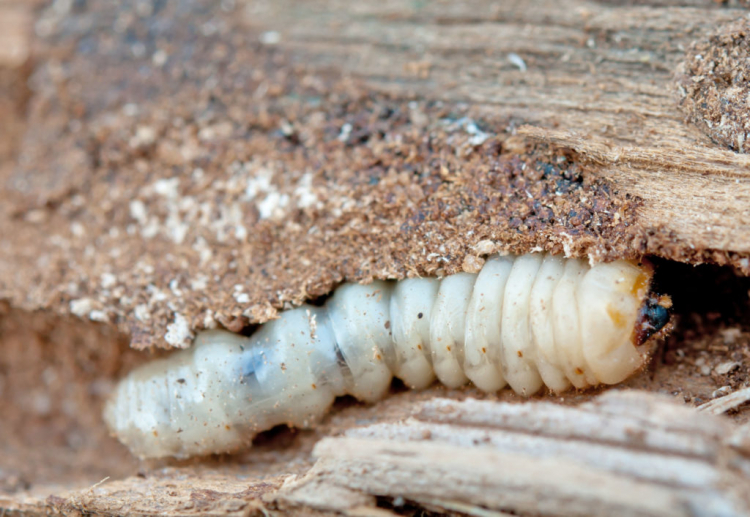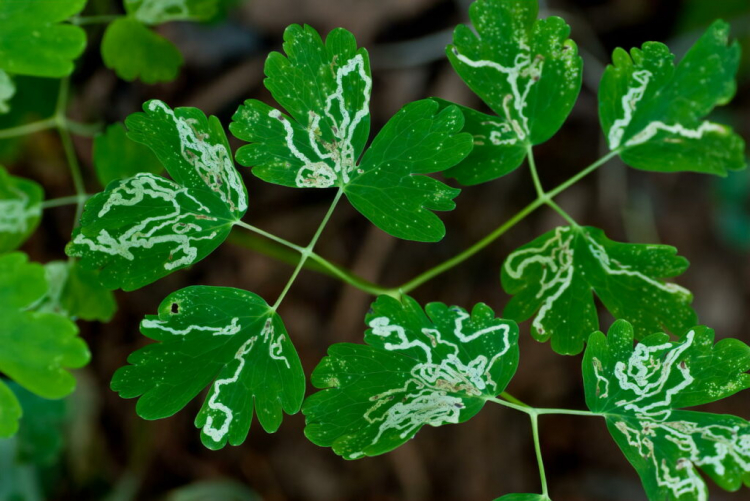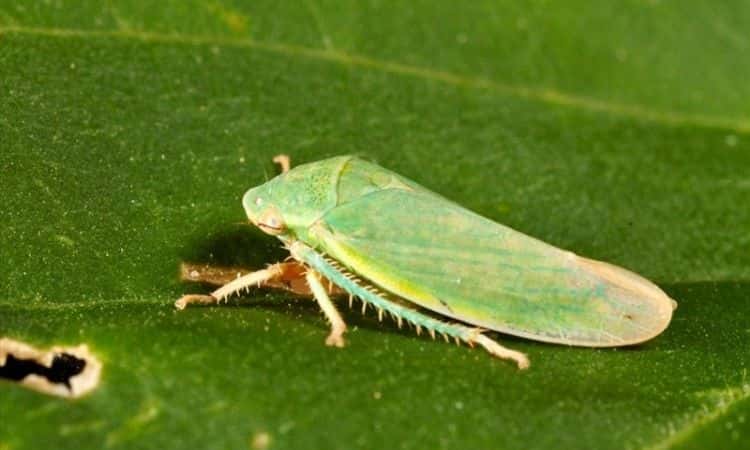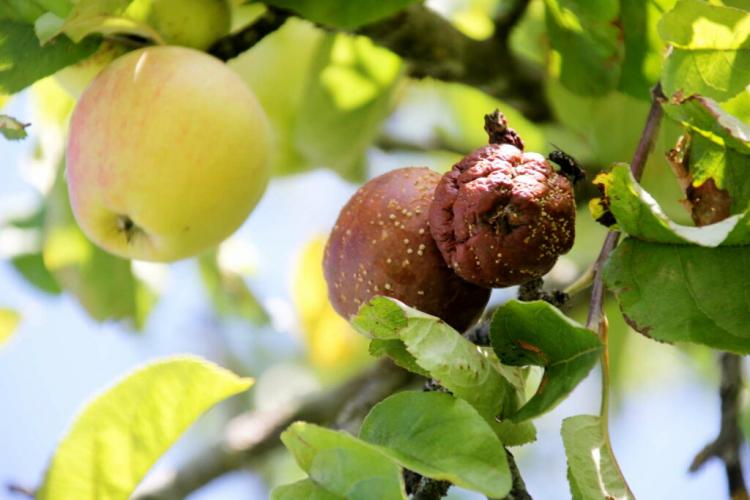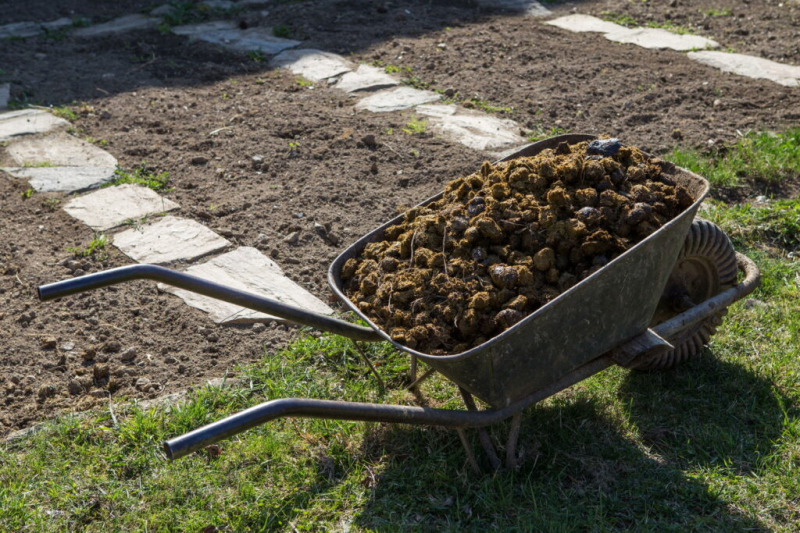Scale Insects: Detection, Prevention And Control
Fight scale insects quickly and effectively: We will show you how to get rid of unpleasant lice quickly using biological and chemical means.
Scale insects, like other plant lice, are equipped with a proboscis. With this, they suck up the energy-rich plant sap and thus weaken the infected plant. For this reason, scale insects are pests and they are a big problem, especially on indoor plants. Successful combat also requires a consistent approach to eliminate the annoying beasts. But did you also know that high-quality raw materials are made from scale insects? Certain species used to be the source of the red color carmine. This used to give many lipsticks and foods a strong red color. Even the red Campari was colored with carmine some time ago.
Recognize scale insects
The family of the scale insects ( Coccoidea ) is relatively rich in species. Around 100 types of plant teat are represented in Central Europe. This biodiversity ensures that scale insects differ considerably from one another. In our opinion, it is therefore important to recognize the general signs of a scale insect infestation and not to get entangled in the visual details of the various scale insects. Although scale insects also attack woody plants and grapevines, the real problem for the hobby gardener is mostly infected house plants. The scale insects particularly like to choose orchids, palms, ficus, citrus trees, and oleanders as host plants.
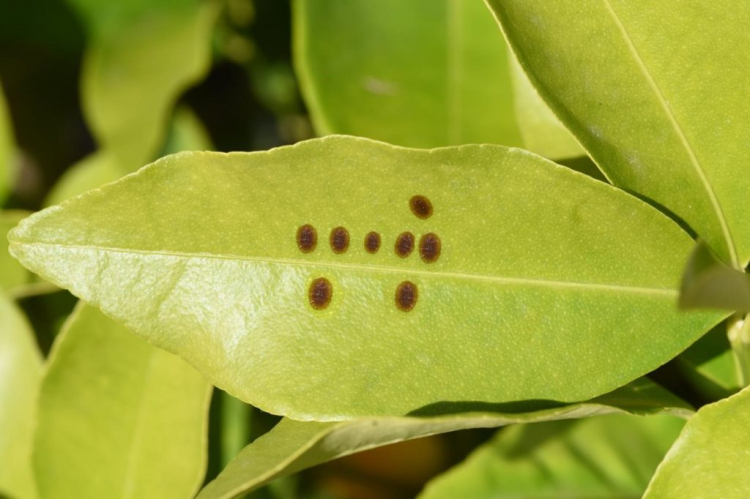
A strong infestation usually occurs in winter and spring, when the plants are weakened by poor site conditions. Then the 0.8 to 6 mm large scale insects multiply extremely quickly and become a problem for the affected plant. They like to hide at the roots of the leaves, the underside of the leaves, and other hard-to-reach places on the plant, which makes it even more difficult to find them.
Honeydew is a sure sign of a scale insect infestation. Just like aphids, female scale insects also produce high-sugar honeydew, which quickly sticks entire leaves together. In connection with the immobile scale insects and the characteristic back shield, this is a sure sign of a scale insect infestation. The scale insects often appear in a colony-like manner, which is why many pustule-like structures concentrated in one place on the plant also speak for scale insects.
Scale insects: a fact sheet
Scale insects are very variable in their nature, depending on the stage of development and gender. In principle, we only see the older females of the scale insect as pests. The females have a pronounced shield for protection in their later development. This protective shield is also necessary because the female louse is completely immobile from its second larval stage and thus cannot escape predators.
You might so like: Do You Need To Get Rid Of Ants In The Garden
At this point, the females are busy ingesting the sap through the proboscis, laying eggs, and releasing honeydew. The females can lay fertile eggs without fertilizing a male. This so-called virgin generation is responsible for the rapid multiplication of the scale insects.
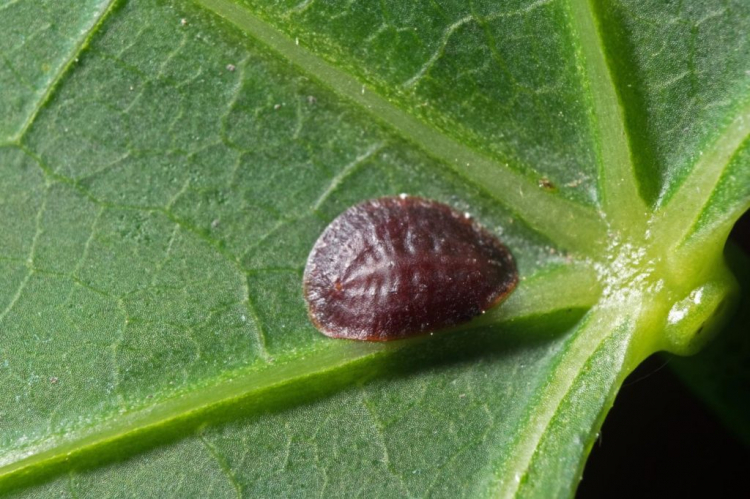
The eggs of the scale insects are often protected near or directly under the mother animal. The 0.8 mm young larvae hatch from them. These larvae are still mobile and can therefore look for a new place on the plant in order to use the plant sap as food. As early as the second larval stage, the larvae lose their mobility again. The males of the scale insect, on the other hand, are always agile and usually winged. Even so, they have a deplorable fate: their sole purpose is to fertilize the females. This is because the males cannot ingest food because the intestines and mouthparts are severely reduced. Because of this, the males only live for a few days.
Prevent scale insects
Since scale insects particularly like to attack indoor plants such as orchids and palm trees, the indoor plants should be checked regularly for the suspicious shields of the scale insects, especially in winter. Often, however, only the large female and immobile scale insects can be recorded during the assessment. The young larvae, which are less than a millimeter in size, are almost undetectable to the human eye.
You might so like: Insect Friendly Flowers: For A Buzzing Garden And Balcony
Nevertheless, a close look at newly acquired houseplants cannot do any harm, because scale insects are not so easy to control. Because the male scale insects can fly, one might conclude that they are also responsible for the spread. That’s not right. The flying skills of the males are very limited and, moreover, they cannot lay eggs and thus cannot reproduce on their own.
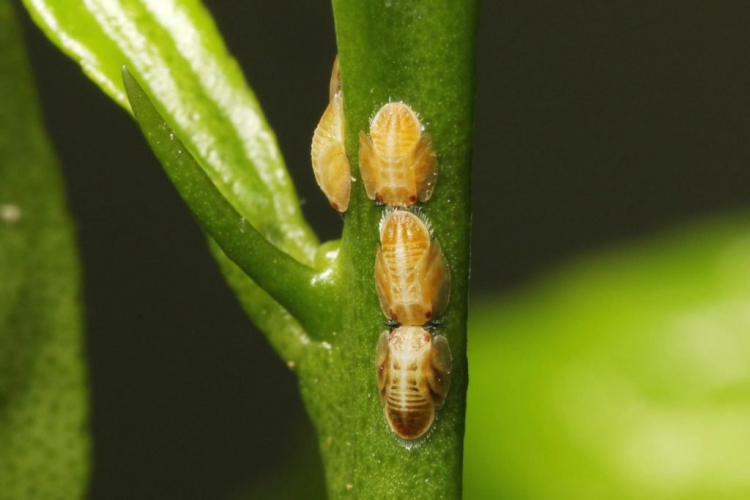
In addition to the early detection of a tortoiseshell population, the condition of the plant is crucial. The scale insects often reproduce rampantly on their host plants because they are weakened due to the location. The most common cause is the lack of light intensity in winter and also in spring. The lack of light in connection with dry and often too warm air is pure stress for most potted and houseplants. Excessive nitrogen fertilization has just as bad effects on the vitality of plants.
These factors lead to a very susceptible plant that can hardly defend itself against a scale insect infestation. Remedy can only be created to a limited extent. In any case, nitrogen fertilization should be greatly reduced or suspended in winter. If your indoor plants get too little light in winter, the plants should also be kept as cool as possible. The plant can only adapt its metabolism to poor light conditions at cooler temperatures. In addition, the scale insect also develops more slowly at low temperatures.
